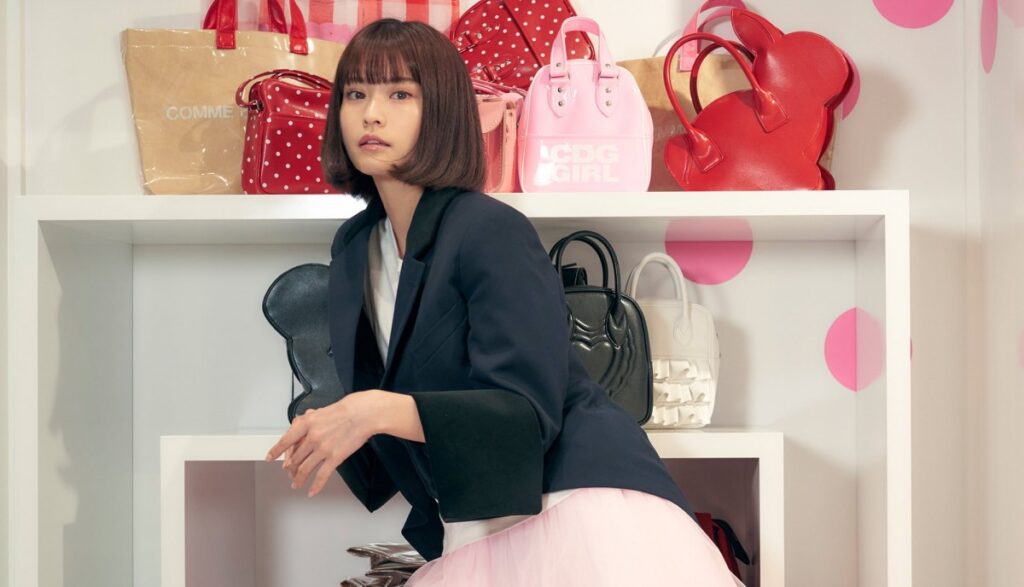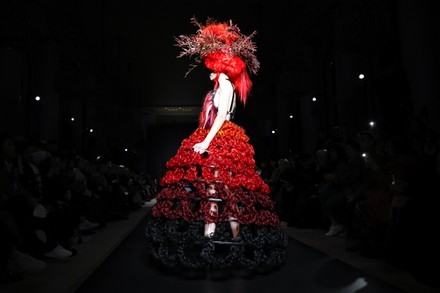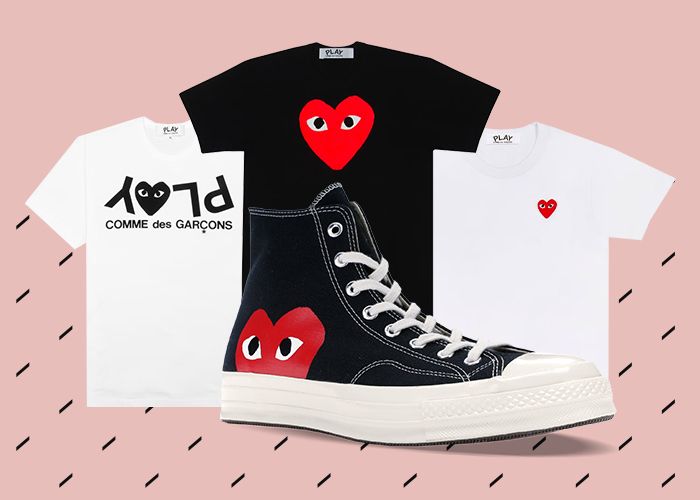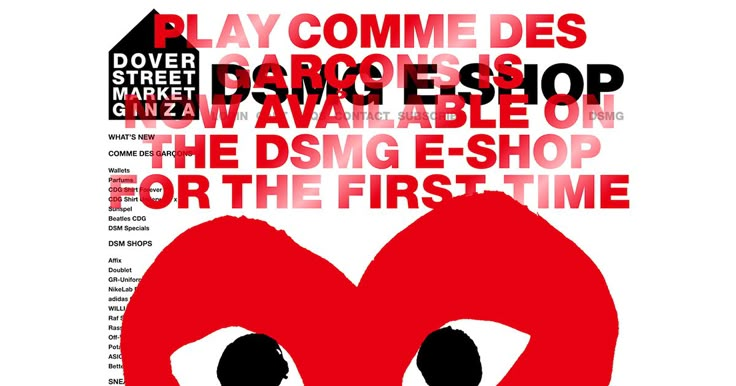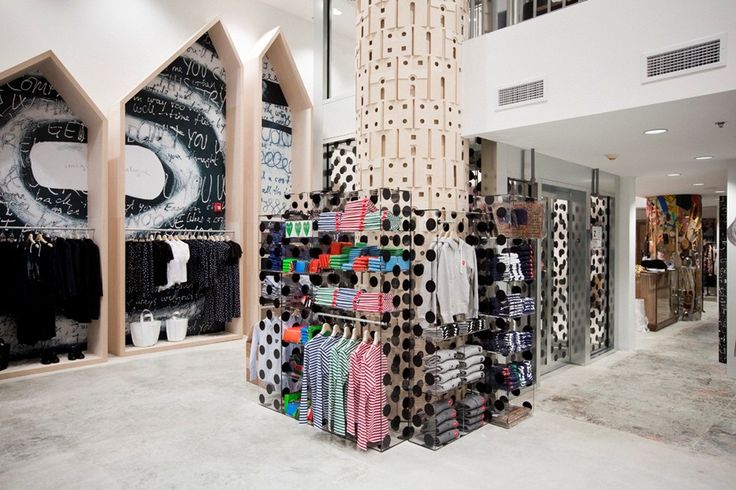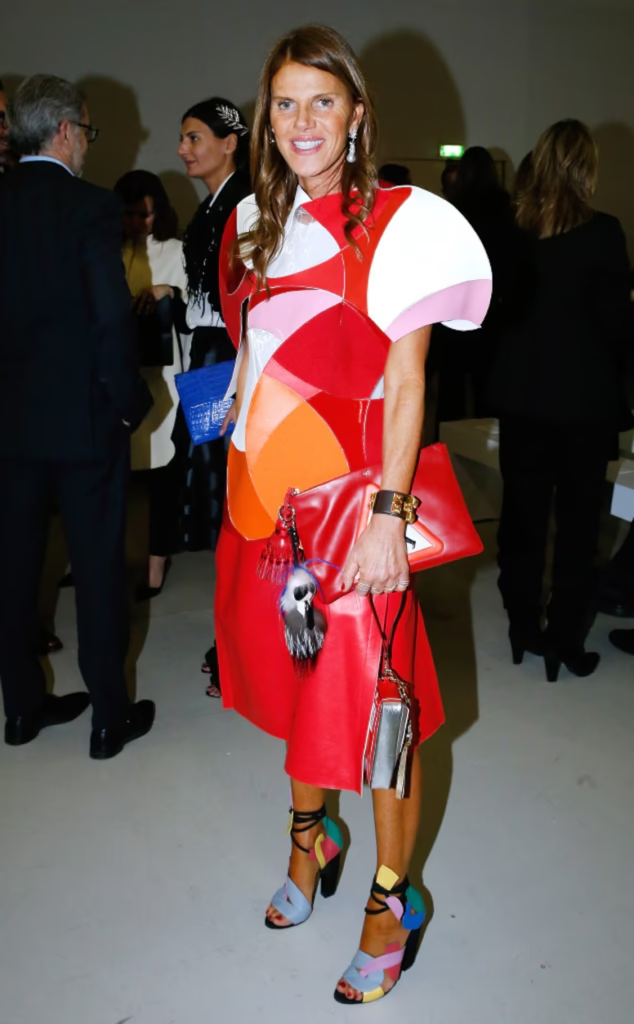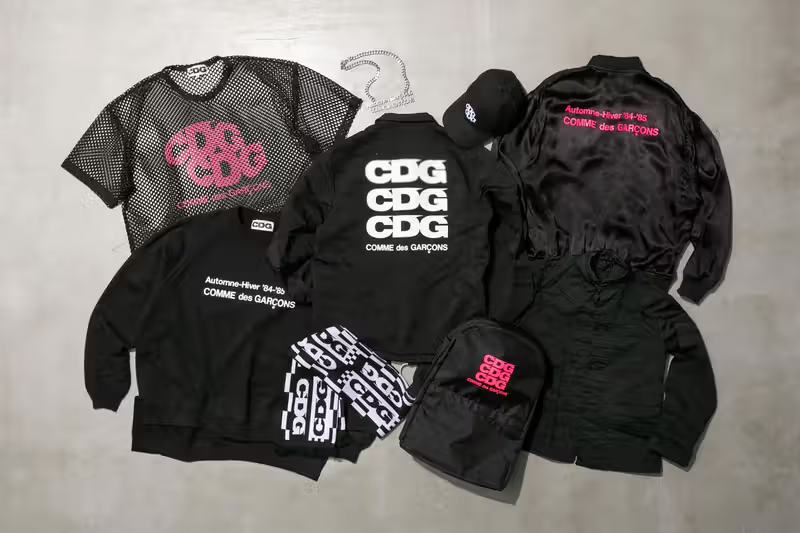A Quiet Revolution Begins
Black. Deconstruction. Mystery.
When Rei Kawakubo founded Comme des Garcons in Tokyo, 1969, she didn’t aim to make “fashion.”
She aimed to make thought visible.
Her clothes—unfinished, unbalanced, unafraid—didn’t flatter the body.
They challenged it.
“Creation is about the new,” Kawakubo once said.
“And the new is always difficult.”
It was difficult—and unforgettable.
By the time her collection hit Paris in 1981, Comme des Garcons had declared war on perfection.
The world of glamour didn’t know what hit it.
When New York First Saw Comme des Garcons
America in the eighties was loud. Glossy. Confident.
Wall Street ruled; power suits glimmered; everything shouted success.
And then—silence.
A minimalist white boutique opened in New York City, 1983.
Inside hung the strange silhouettes of Comme des Garcons—black, poetic, intellectual.
No music.
No slogans.
No flash.
Just art on hangers.
At first, few understood it.
But the few who did—artists, editors, musicians, outsiders—became disciples.
To wear Comme des Garcons in America meant something:
- You didn’t follow trends.
- You questioned them.
- You lived fashion as philosophy.
The Philosophy of Rei Kawakubo
Kawakubo doesn’t explain her work—she invites you to feel it.
Each garment is a paradox: fragile yet armored, awkward yet graceful, ugly yet magnetic.
Her shows are performance art.
Her collections are essays in fabric.
Themes? Always deeper than aesthetics:
- Gender & identity
- Decay & rebirth
- Chaos & beauty
- Imperfection & power
For the American creative class—artists, thinkers, and dreamers—this was pure oxygen.
A rebellion that felt both intellectual and deeply emotional.
The Cult of Comme in America
By the 1990s, Comme des Garcons had gone from whispered secret to underground religion.
You found it in:
- the quiet corners of SoHo,
- concept boutiques in Los Angeles,
- and the wardrobes of people who refused to dress predictably.
Every piece carried a message: anti-perfection is the new perfection.
No logo. No marketing. Just identity.
A Comme jacket said: “I am not here to impress you—I am here to express something real.”
The Shift: From Concept to Conversation
Then came a turning point.
The world wanted accessibility—but Kawakubo never compromises.
Instead, she created a bridge: Comme des Garcons PLAY.
Simple. Soft. Minimalist.
A striped tee. A crisp white heart. A wink.
That red heart with eyes—Filip Pagowski’s now-iconic logo—became an emblem of quiet rebellion.
PLAY wasn’t just fashion; it was a conversation starter.
You could find it in:
- a Brooklyn café,
- a Chicago gallery,
- or the suitcase of every young creative flying to L.A.
Comme des Garcons had entered American street life—without losing its soul.
Collaboration as Cultural Code
Then came the collabs—where art met hype.
🔥 Supreme × Comme des Garcons (2012)
→ Skaters met sculptors. The street met the runway.
👟 Nike × Comme des Garcons
→ Sneakers became abstract statements. Minimal. Provocative.
❤️ Converse × PLAY
→ A heart on canvas. Simple, symbolic, everywhere.
These weren’t “collabs” in the marketing sense.
They were cultural dialogues.
Each one carried the Kawakubo DNA—concept before commerce.
Each one blurred the line between high fashion and street rhythm.
And America, land of the remix, fell in love.
Dover Street Market: The Temple of Taste
If PLAY was the language, Dover Street Market (DSM) was the cathedral.
Founded by Kawakubo and Adrian Joffe, DSM arrived in New York (2013) and Los Angeles (2018) like an art museum disguised as a store.
Every corner curated. Every detail deliberate.
A world where Thom Browne hung next to Junya Watanabe, where a Gucci jacket could live beside a $40 zine.
You didn’t “shop” there—you experienced it.
- Metal scaffolding.
- Velvet drapes.
- Music that drifted like perfume.
DSM made retail poetic again.
In a world obsessed with convenience, Kawakubo built ritual.
The American Icons Who Wear the Vision
Some wore it quietly; others, loudly.
But they all understood it.
Pharrell Williams — playful minimalism with confidence.
Rihanna — structural beauty on the red carpet.
Kanye West — philosophical streetwear disciple.
Lady Gaga — turning Comme into performance.
For each, Comme des Garcons wasn’t clothing—it was armor for the imagination.
Genderless. Fearless. Timeless.
Long before the fashion world began talking about gender fluidity, Kawakubo was already living it.
Her silhouettes rejected traditional femininity and masculinity.
They celebrated form without definition.
In America, where conversations about identity evolved rapidly, this was radical and deeply relevant.
Comme des Garcons didn’t just design for people.
It designed beyond them.
The Influence Echoes Everywhere
Even if you’ve never owned a single Comme piece, you’ve felt its impact.
Look closer, and you’ll see it:
- in The Row’s minimalist precision,
- in Fear of God’s quiet confidence,
- in Off-White’s art-meets-street energy,
- in Alyx’s industrial romanticism.
Every modern American designer chasing authenticity owes a subtle nod to Rei Kawakubo.
Why Comme des Garcons Belongs in America
Because America is built on individualism.
Because rebellion is the country’s native tongue.
Because art thrives on discomfort.
Rei Kawakubo didn’t tailor her vision for America.
America simply grew into it.
Her work whispered to those who didn’t fit the mold—and they listened.
From Fifth Avenue to Fairfax, Comme des Garcons became a mirror for creative souls who found beauty in the in-between.
Final Thought: The Elegance of the Unexplained
Half a century later, Comme des Garcons remains both mystery and masterpiece.
It has traveled from runway to street, from sculpture to sneaker, from obscurity to influence—without ever shouting for attention.
That is its greatest luxury.
Not logos.
Not fame.
But freedom.
In the end, Comme des Garcons isn’t about fashion at all.
It’s about daring to exist differently.


